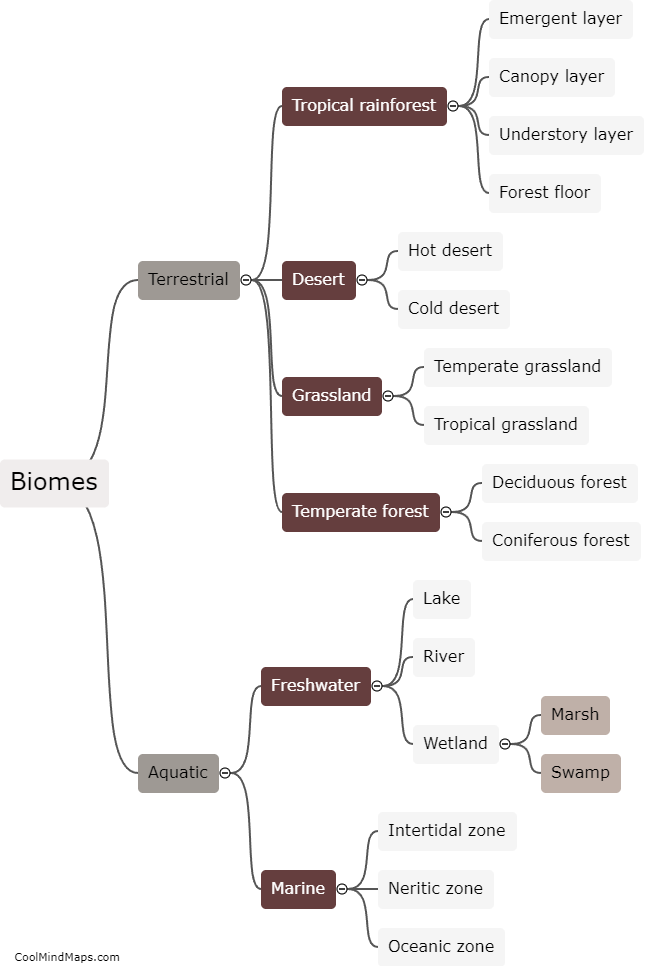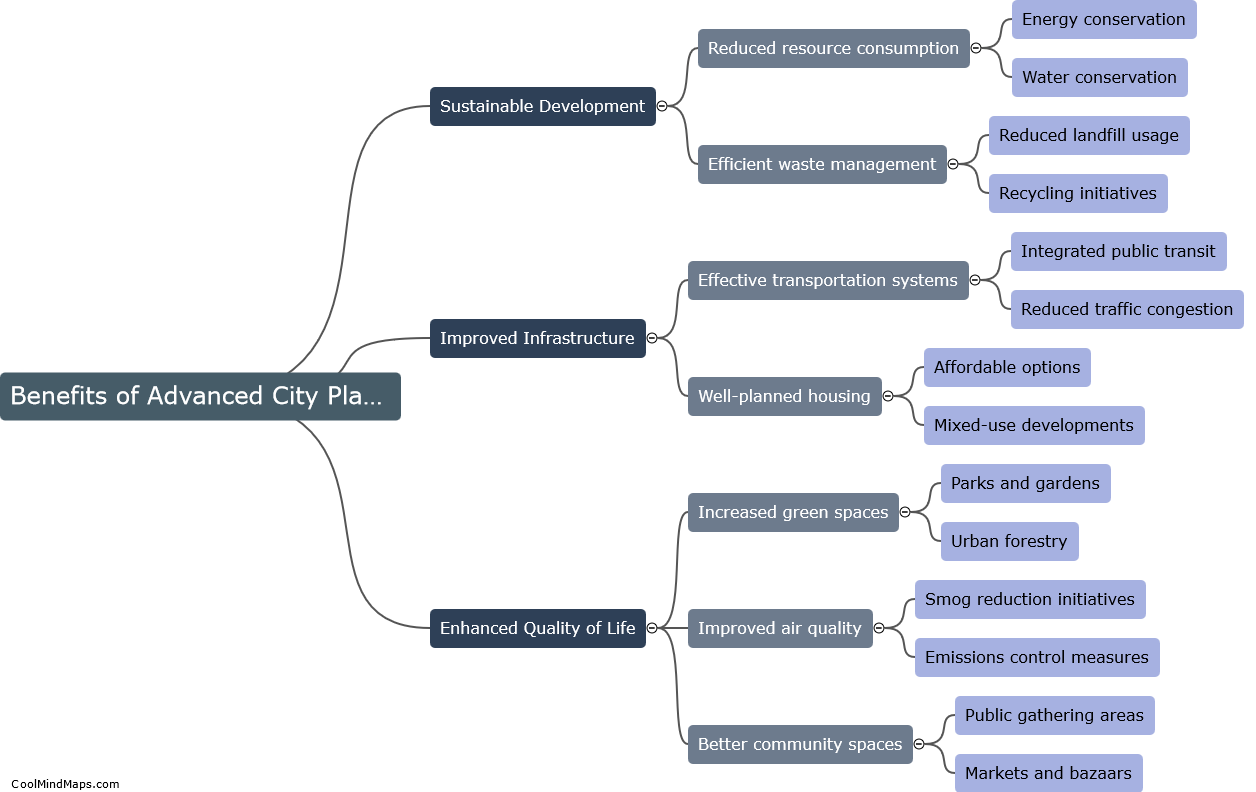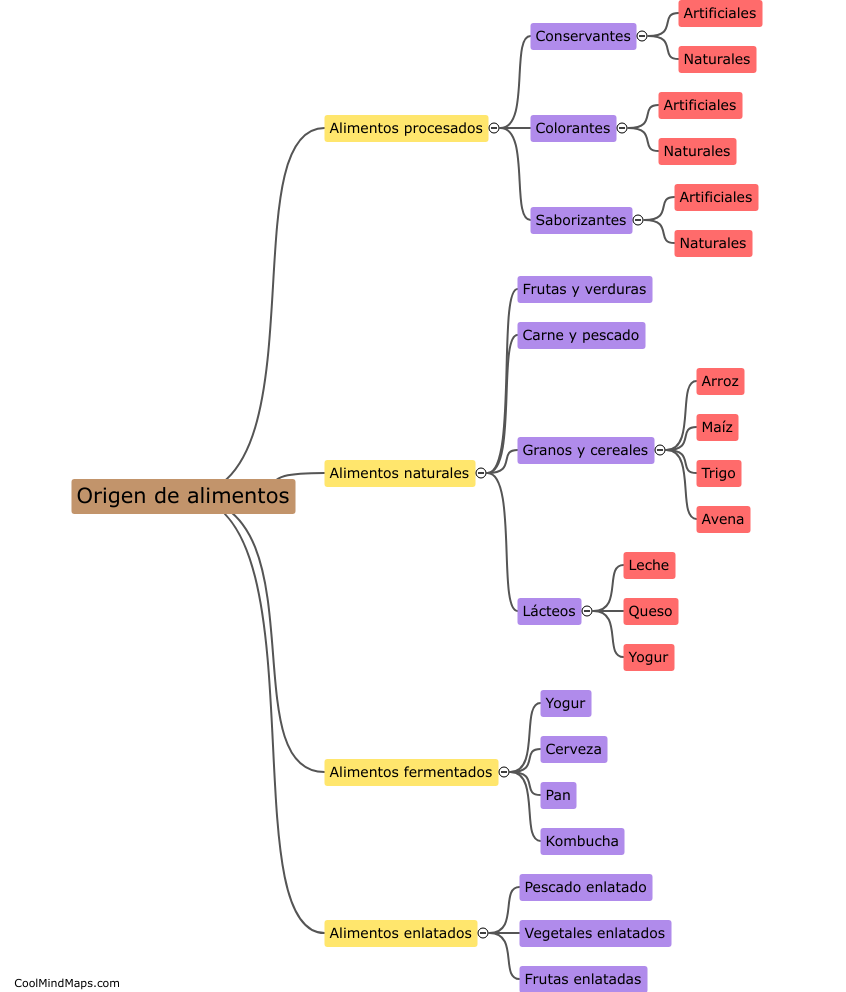What are the different biomes?
Biomes refer to large ecological regions characterized by distinct types of vegetation, wildlife, and climate conditions. There are several types of biomes found across the globe, each with its own unique set of characteristics. These include tundra, taiga, temperate deciduous forest, temperate grassland, desert, tropical rainforest, tropical savanna, and chaparral. Tundra biomes are located in the Arctic and Antarctic regions, characterized by frozen soil and low temperatures, while taiga biomes are found in northern regions and dominated by coniferous forests. Temperate deciduous forests are common in areas with moderate climates and contain trees that lose their leaves in the fall, whereas temperate grasslands are characterized by vast plains of grasses. Deserts are arid regions with little rainfall and sparse vegetation, while tropical rainforests are lush, biodiverse areas with heavy rainfall. Tropical savannas are grassy biomes with scattered trees, and chaparral biomes are found in Mediterranean regions and are characterized by dense shrubs.

This mind map was published on 17 October 2023 and has been viewed 80 times.











